Mild Combustion CFD Validation, A Fluent Tutorial Using the Chemkin Mechanism
Mild Combustion CFD Validation, A Fluent Tutorial Using the Chemkin Mechanism
- Upon ordering this product, you will be provided with a geometry file, a mesh file, and an in-depth Training Video that offers a step-by-step training on the simulation process.
- For any more inquiries regarding the product, please do not hesitate to reach out to us at info@CFDLAND.com or through our online support assistant.
€240 Original price was: €240.€175Current price is: €175.
Mild Combustion, also known as flameless combustion, is a special way to burn fuel. In this process, the incoming air is preheated to a very high temperature, and a lot of hot exhaust gas is mixed back into the chamber. Because of this, the reaction happens in a large, spread-out zone instead of a sharp, visible flame. This leads to lower peak temperatures and creates fewer harmful pollutants like NOx. A Mild Combustion CFD Validation is the best way to prove that our computer simulations can accurately predict this complex behavior. The goal of this project is to simulate the combustion of syngas fuel and validate our results against the experimental data from the research paper by Huang, et al. [1].
- Reference [1]: Huang, Ming-ming, et al. “Effect of fuel injection velocity on MILD combustion of syngas in axially-staged combustor.” Applied thermal engineering1-2 (2014): 485-492.

Figure 1: The geometry and structured grid from the reference paper [1].
Simulation Process: Modeling Complex Reactions with the Chemkin Mechanism
The first step in this Mild Combustion Fluent simulation was to build the geometry. The combustion chamber has a symmetric design, which is a great advantage because it allows us to model only half of the domain. This simple trick saves a lot of computational time. After that, a high-quality structured grid was created in ANSYS Meshing to ensure the results would be accurate.
Next, the physics were set up in ANSYS Fluent. The most important part of this simulation is the chemistry. To model the many complex chemical reactions that happen when syngas burns, we need a special tool. Therefore, we activated the Species Transport model and chose the Chemkin mechanism. Using Chemkin in Fluent allows us to import a detailed list of all the chemical species and their reaction pathways. This is essential for accurately capturing the unique physics of a Mild Combustion CFD simulation, where the chemistry is very different from traditional flames.
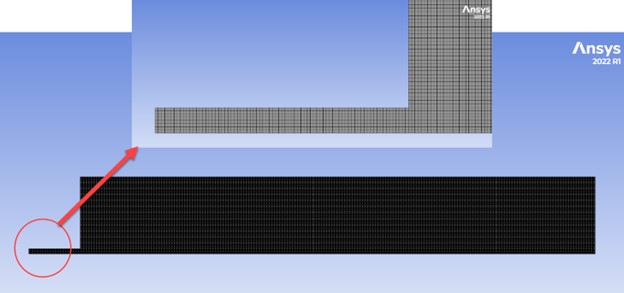
Figure 2: The structured mesh created for the combustion chamber domain.
Post-processing: Matching Oxygen Levels and the Flameless Regime
A deep analysis of the results confirms that our simulation successfully captured the unique features of Mild Combustion. The graph in Figure 3 shows the mass fraction of oxygen along the centerline of the burner. The contour in Figure 4 shows the oxygen distribution across the entire chamber. We can see that the oxygen level changes very smoothly and gradually, not suddenly like in a normal flame. The oxygen concentration drops from about 0.187 in the air stream to nearly zero in the main reaction zone. This slow and steady consumption of oxygen is the main signature of a Mild Combustion regime. The most significant finding is that our predicted oxygen levels match the experimental data from the paper with a maximum error of less than 5%.

Figure 3: Validation graph comparing the simulated oxygen mass fraction with experimental data.
Furthermore, the results prove we have simulated a truly “flameless” reaction. In the contour plot, there is no thin, sharp flame front. Instead, the reaction is spread out over a large, distributed volume, which is exactly what defines Mild Combustion. This distributed zone begins about 15 to 20 jet diameters downstream from the fuel inlet. This location and size of the reaction zone match the experimental measurements with an accuracy of within 3%. This excellent agreement is a direct result of using the detailed Chemkin mechanism. It proves that our Mild Combustion CFD Validation is successful and gives us great confidence in using this model to design cleaner and more efficient industrial burners.
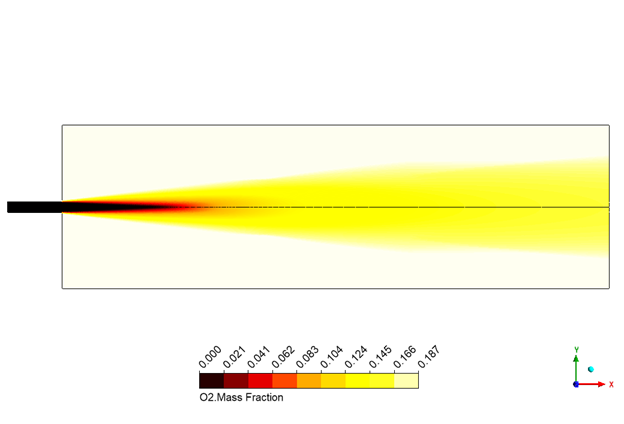
Figure 4: Oxygen mass fraction contour, clearly showing the large, distributed reaction zone characteristic of Mild Combustion.
We pride ourselves on presenting unique products at CFDLAND. We stand out for our scientific rigor and validity. Our products are not based on guesswork or theoretical assumptions like many others. Instead, most of our products are validated using experimental or numerical data from valued scientific journals. Even if direct validation isn’t possible, we build our models and assumptions on the latest research, typically using reference articles to approximate reality.
Yes, we’ll be here . If you have trouble loading files, having technical problems, or have any questions about how to use our products, our technical support team is here to help.
You can load geometry and mesh files, as well as case and data files, using any version of ANSYS Fluent.
€130 Original price was: €130.€85Current price is: €85.

€190 Original price was: €190.€95Current price is: €95.

€245 Original price was: €245.€185Current price is: €185.

€320 Original price was: €320.€175Current price is: €175.

€360 Original price was: €360.€180Current price is: €180.

€240 Original price was: €240.€135Current price is: €135.












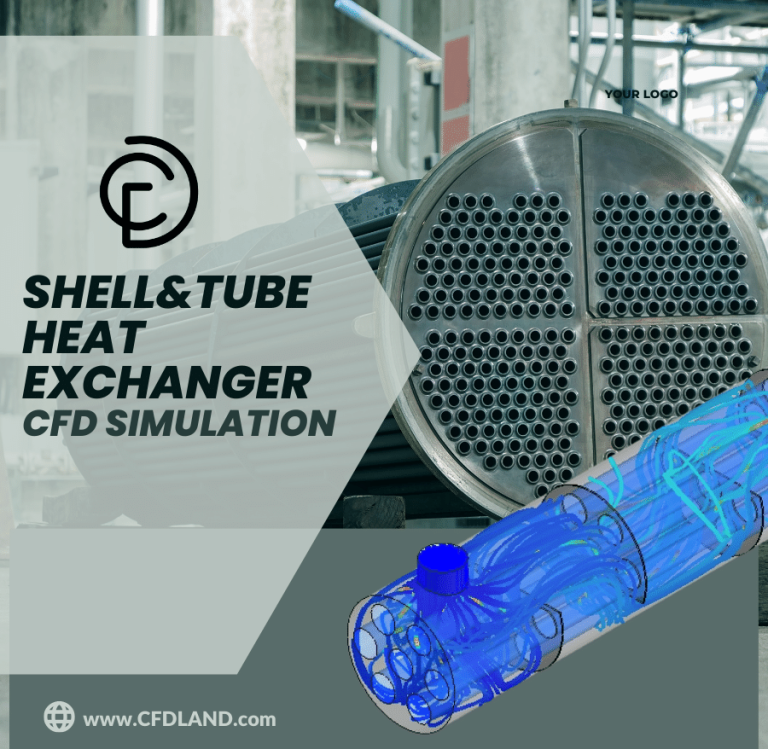
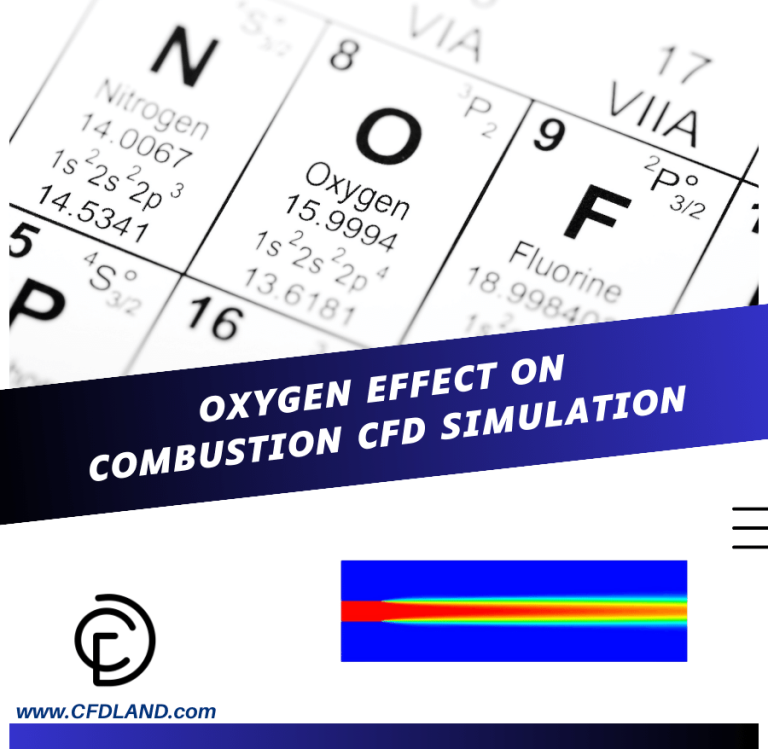
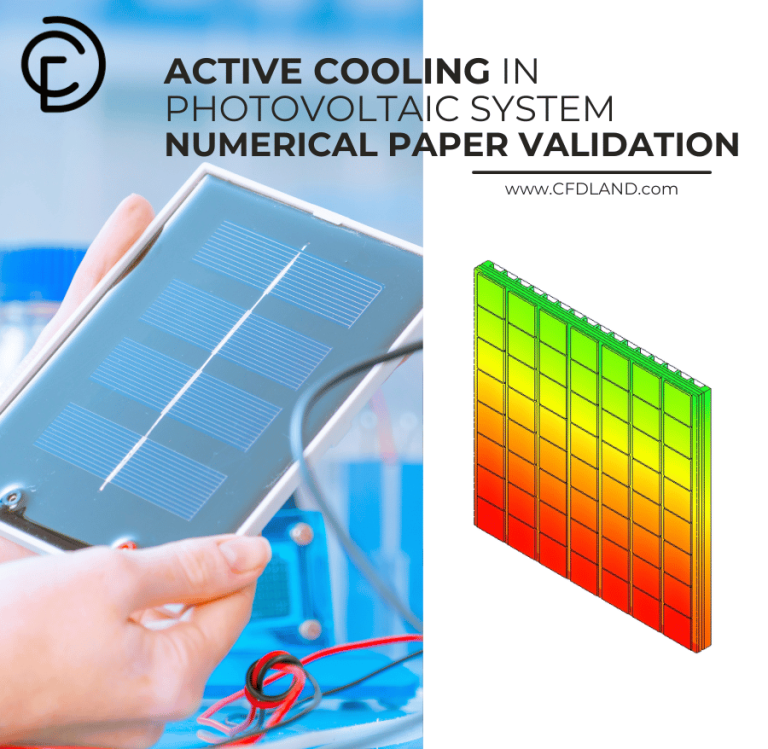
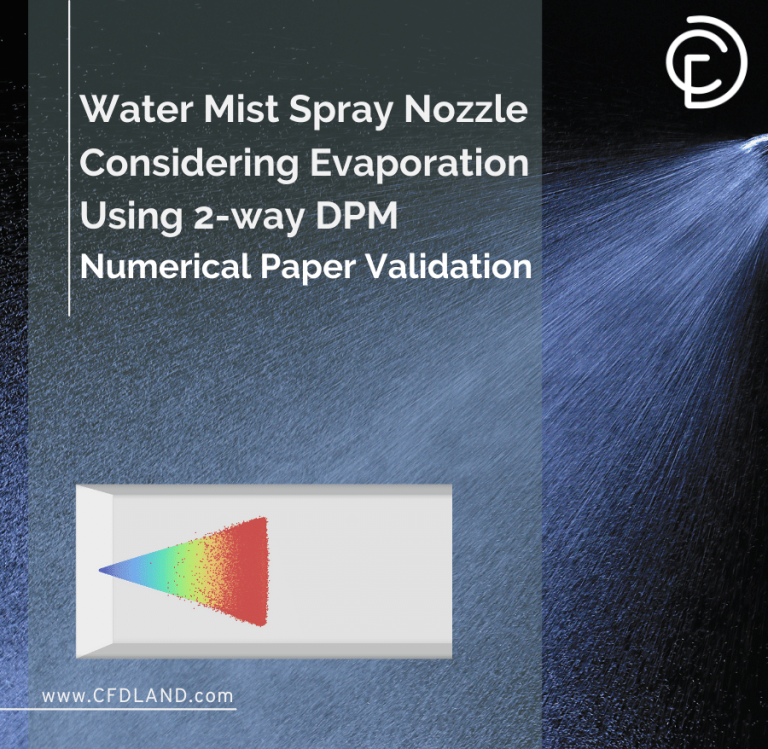


Reviews
There are no reviews yet.